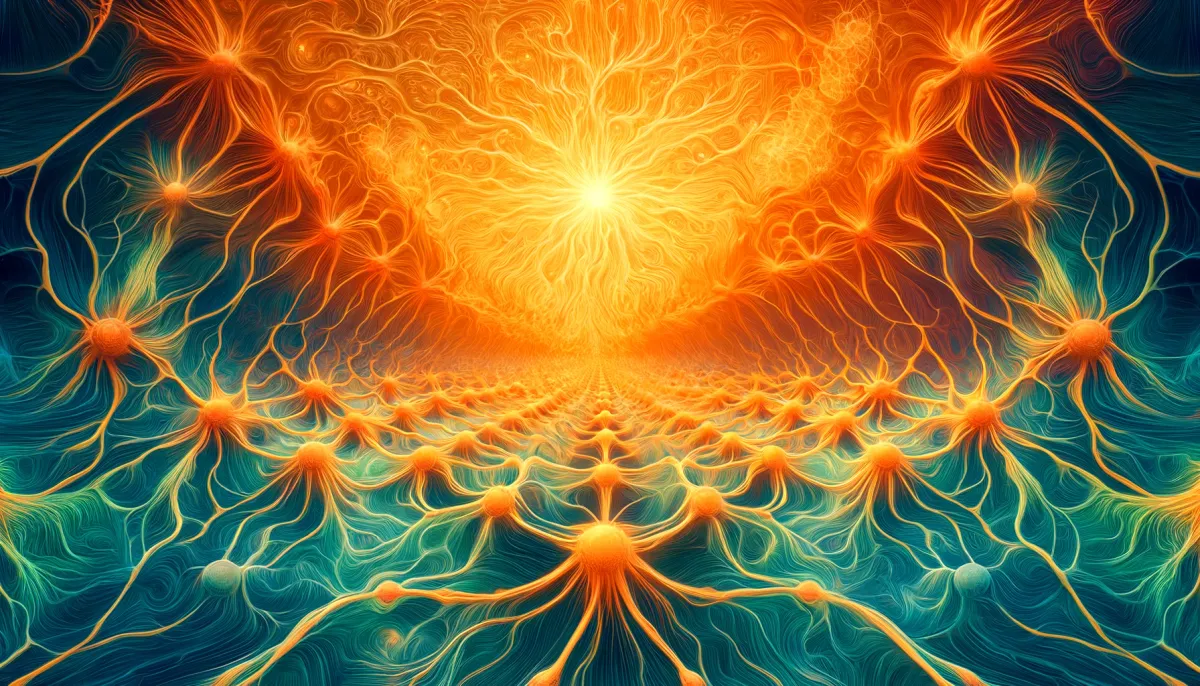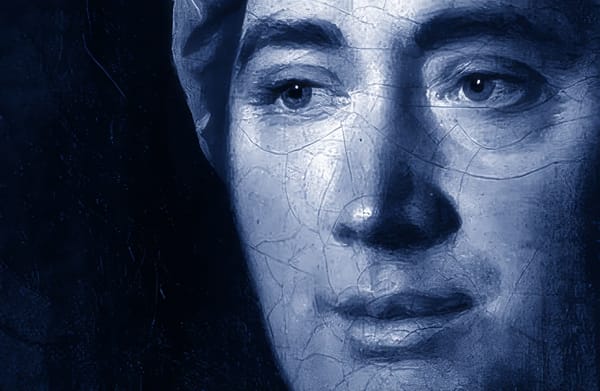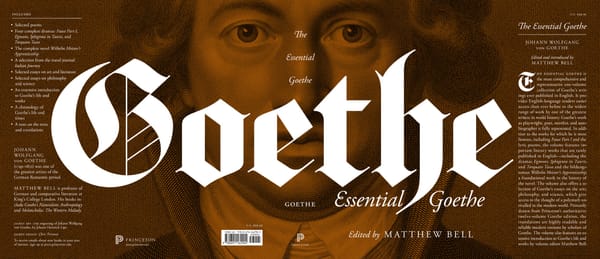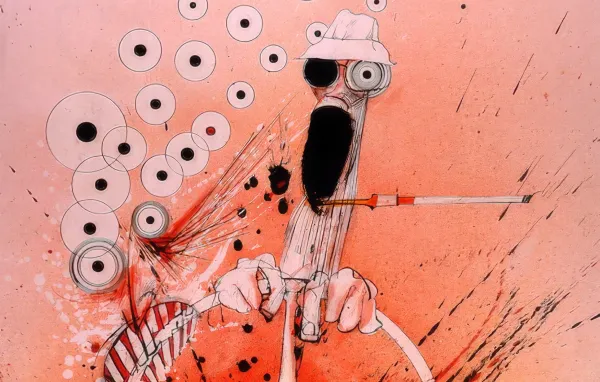Exploring the Enigma of Consciousness

Check out this article from Popular Mechanics, Your Very Own Consciousness Can Interact With the Whole Universe, Scientists Believe by Susan Lahey. The article is about a journey into the labyrinth of consciousness. The question of whether consciousness is a mere product of neural fireworks or a standalone entity has long perplexed scientists and philosophers alike. As we stand on the precipice of new discoveries, the architecture of consciousness begins to emerge from the shadows, hinting at a form we may soon grasp.
The quest for understanding consciousness has led to groundbreaking research, intertwining the realms of physics, anatomy, and geometry. This confluence of disciplines is slowly sketching the outlines of what could be the true structure of consciousness. At the heart of this exploration is a revolutionary theory proposed in the 1990s by Nobel laureate Roger Penrose and anesthesiologist Stuart Hameroff. Their Orchestrated Objective Reduction theory (Orch OR) posits that consciousness is a quantum event occurring within the brain's nerve cell microtubules.
The Orch OR theory envisions consciousness as a quantum wave, traversing through microtubules, possessing quantum attributes like superposition and entanglement. This view has sparked debate, with some dismissing it as implausible. However, the tale of scientists striving to rejuvenate this theory is nothing short of fascinating.
Recent dialogues with Hameroff on "Closer To Truth" shed light on the quantum nature of consciousness. He suggests that consciousness, especially in heightened states, operates on a quantum level, capable of existing ubiquitously. This quantum consciousness, he argues, can intertwine with quantum particles across the cosmos, challenging our conventional understanding of the mind's boundaries.
Critics of the Orch OR theory have argued that quantum coherence, vital for this model, couldn't withstand the brain's warm, wet environment. Yet, the realm of quantum biology has unveiled that life harnesses quantum properties in seemingly unfavorable conditions. The process of photosynthesis in plants, for instance, reveals how quantum properties facilitate energy transfer, a concept possibly mirrored in the human brain.
Jack Tuszynski's research offers intriguing insights. His team's computational simulations suggest that microtubules might sustain quantum coherence longer than previously thought, hinting at a potential substrate for quantum consciousness. Concurrently, studies by a team at the University of Central Florida illuminate microtubules with visible light, observing prolonged light re-emission, suggesting the stability of quantum states linked to consciousness.
While confirming the Orch OR theory remains a distant goal, these findings are vital stepping stones in our quest. The collaboration of Penrose and Hameroff with figures like Deepak Chopra seeks to unearth consciousness expressions within the universe, a venture that stirs both excitement and skepticism in the scientific community.
Beyond individual research, the broader landscape of consciousness studies is evolving. Timothy Palmer's work in chaos and climate at Oxford University proposes that the universe's quantum mechanics are fundamentally geometric, resonating with the concept of a universal consciousness embedded in a fractal geometric state space. This perspective hints at a shared cosmic journey, where our sense of consciousness and free will intertwines with a grander, interconnected cosmic fabric.
While Tuszynski's experiments and Palmer's theories do not solve the enigma of consciousness, they offer a glimpse into its potential abode and structure. They suggest that consciousness is not an intangible, abstract phenomenon but something that can be located and understood within a complex, perhaps fractal, geometric framework.
In the grand tapestry of existence, the pursuit of understanding consciousness is a narrative woven with scientific inquiry, philosophical pondering, and a touch of cosmic speculation. As we delve deeper into the architecture of consciousness, we inch closer to demystifying one of the universe's greatest mysteries, charting a course through the intricate maze of the mind towards a clearer understanding of our very essence.




